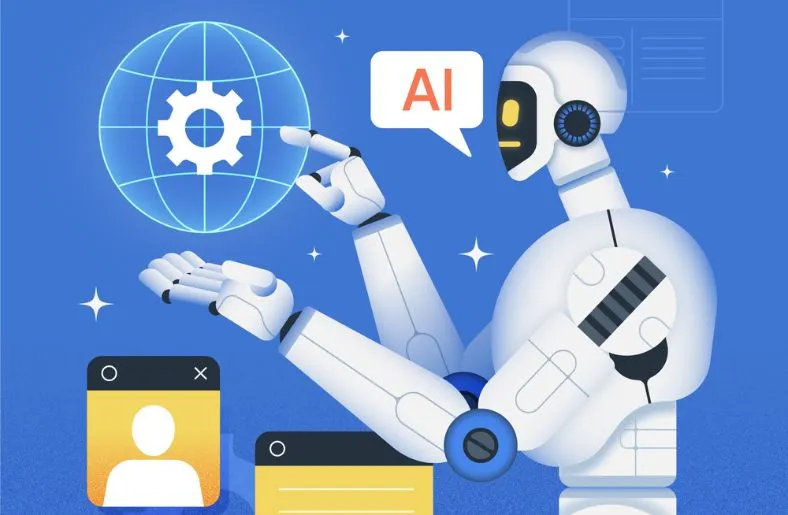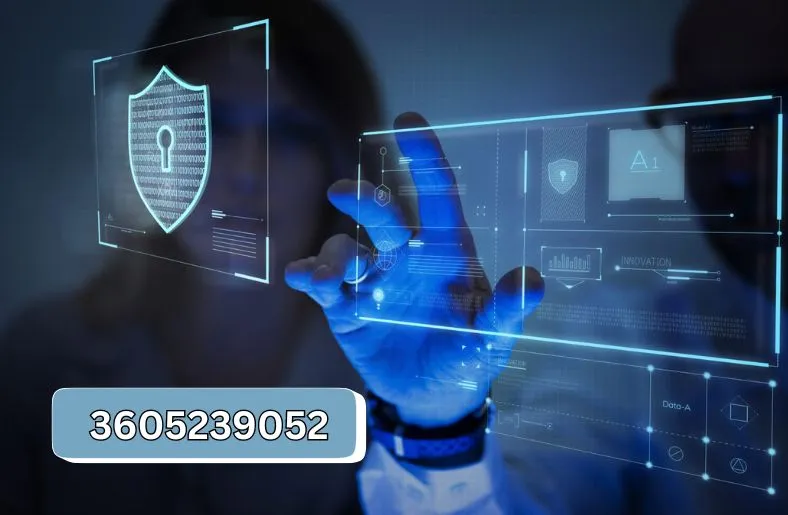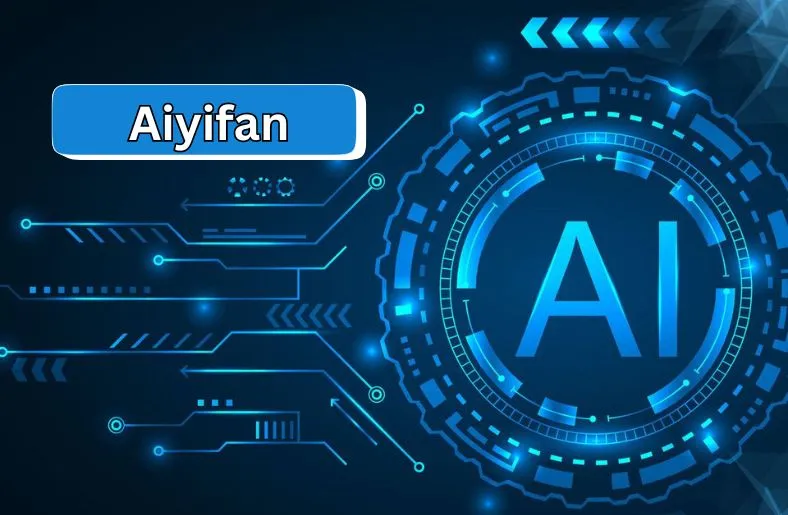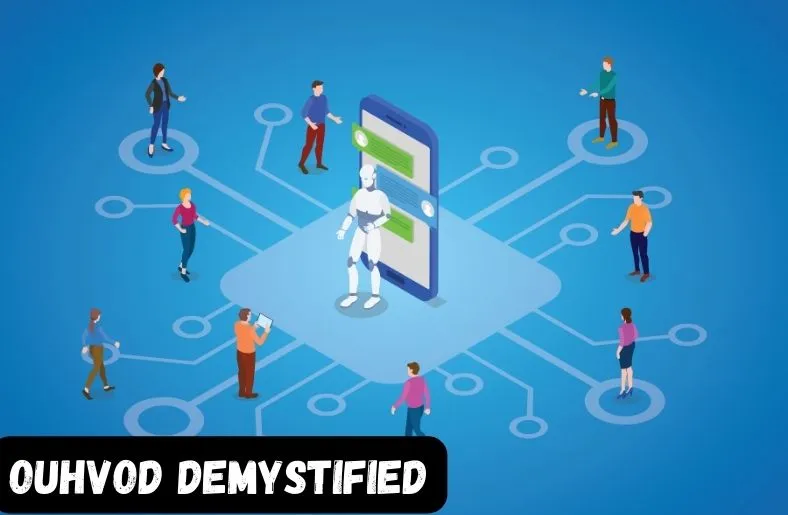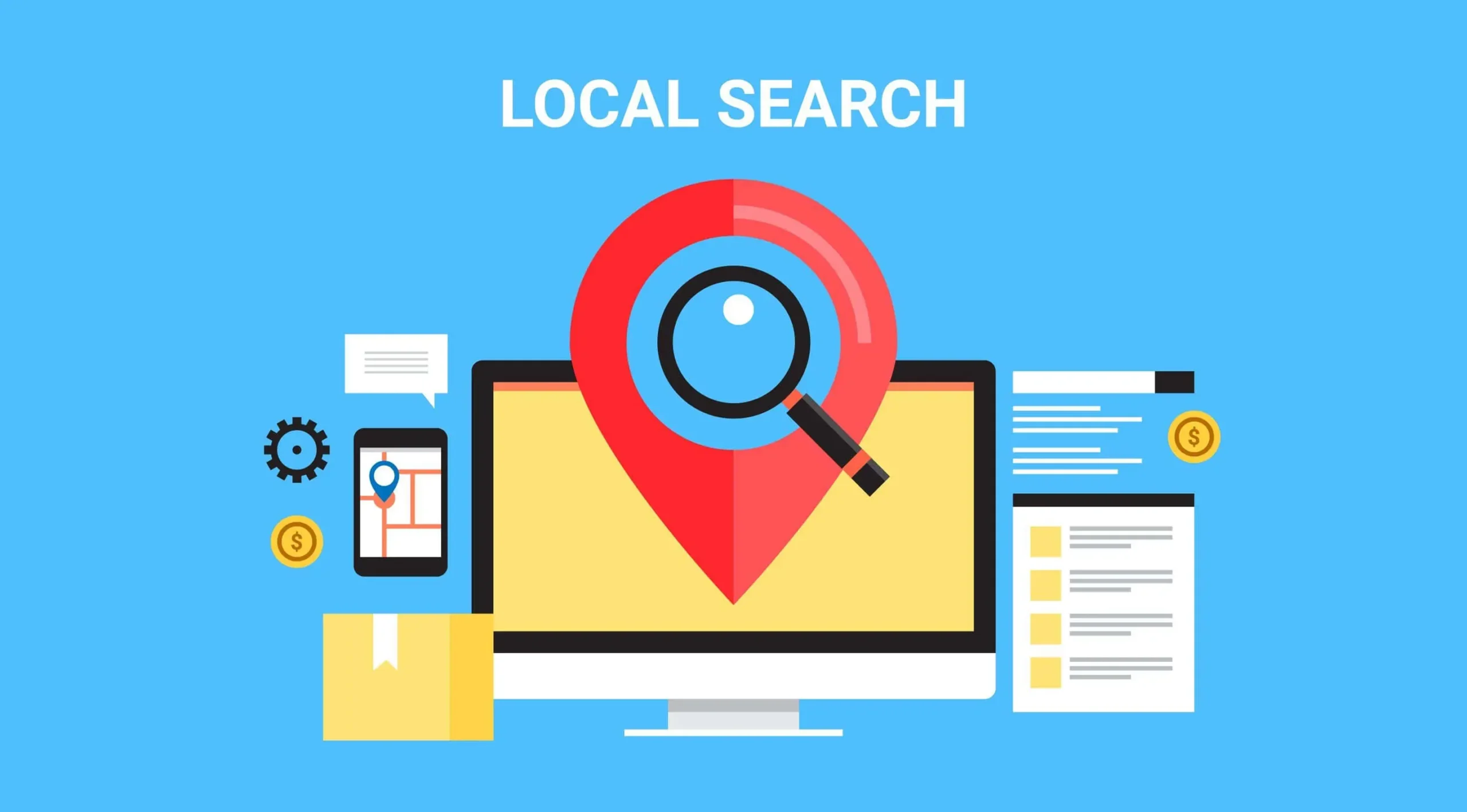The visual landscape is undergoing a significant transformation. From the days of silent films to the explosion of high-definition videos on social media, the way we create and consume visual content has constantly evolved. Now, on the horizon lies a new frontier: AI-generated videos. This technology has the potential to revolutionize the way we tell stories, share information, and interact with the world around us.
The Rise of AI-Generated Videos
AI-generated videos utilize deep learning algorithms trained on massive datasets of existing videos. These algorithms can then generate entirely new videos, complete with realistic visuals, sound effects, and even music. The process typically involves feeding the AI text prompts or a script, allowing it to translate that information into a cohesive visual narrative.
The technology is still in its early stages, but the results are already impressive. AI can generate explainer videos, product demonstrations, social media content, and even personalized video messages. As AI capabilities continue to develop, we can expect even more sophisticated and nuanced video creation in the future.
Revolutionizing Storytelling
Traditionally, video production has been a time-consuming and expensive process. Scriptwriting, filming, editing – all these steps require significant resources. AI-generated videos have the potential to democratize video creation, making it accessible to a much wider range of people.
Imagine a small business owner who wants to create a promotional video but lacks the budget for a professional crew. With AI, they could simply write a script describing their product or service, and the AI would generate a compelling video for them. This opens doors for countless individuals and businesses to leverage the power of video storytelling without breaking the bank.
Beyond Efficiency: Enhanced Creativity
AI isn’t just about automating tasks; it can also be a powerful tool for boosting creativity. AI generated video can help creators explore different visual styles and experiment with new ideas. It can help transform your text inputs into professional videos in no time! It generates the script, incorporates video clips, subtitles, background music, and transitions seamlessly. For instance, a filmmaker could use AI to generate variations of a scene, allowing them to choose the one that best conveys their vision.
Furthermore, AI can be used to create entirely new visual concepts that might be difficult or impossible to achieve with traditional methods. Imagine a music video where the visuals seamlessly blend live-action footage with fantastical, AI-generated landscapes. The possibilities for creative expression are truly boundless.
The Ethics of AI-Generated Content
The potential benefits of AI-generated videos are vast, but there are also ethical considerations that need to be addressed. One major concern is the potential for deepfakes, which are AI-generated videos that manipulate real people’s faces and voices to create convincing forgeries. These videos can be used to spread misinformation, damage reputations, and sow discord.
It is crucial to develop safeguards against malicious uses of this technology. This could involve implementing digital watermarks that identify AI-generated content or establishing clear guidelines for responsible use. Additionally, raising public awareness about deepfakes will be essential to ensure media literacy in the age of AI.
The Human Touch in a Digital Age
While AI can create impressive visuals, it is important to remember that it lacks the human touch that is essential for truly impactful storytelling. AI-generated videos may struggle to capture the nuances of human emotion, humor, and creativity.
The best approach will likely involve a collaboration between humans and AI. Humans will provide creative vision, scriptwriting, and direction, while AI will handle the heavy lifting of generating visuals and automating repetitive tasks. This synergistic approach can lead to the creation of truly groundbreaking visual experiences.
The Future of Visual Content: A Collaborative Landscape
The future of visual content is likely to be a collaborative landscape where humans and AI work together. AI will continue to evolve, offering more sophisticated video generation capabilities. However, human creativity, storytelling skills, and emotional intelligence will remain essential for creating truly engaging content.
As AI-generated videos become more commonplace, we can expect to see a shift in the way we consume visual content. We may become more discerning viewers, able to identify AI-generated content and critically evaluate its purpose and message. This critical thinking will be essential in a world saturated with ever-more sophisticated digital creations.
The Democratization of Education and Training
The educational landscape stands to benefit greatly from AI-generated videos. Imagine a student struggling to grasp a complex scientific concept. With AI, educators could create personalized explainer videos that tailor the explanation to the student’s specific learning style and level of understanding. This could revolutionize the way knowledge is disseminated and absorbed.
Similarly, AI-generated videos can be used for corporate training purposes. Companies could create realistic simulations of workplace scenarios, allowing employees to practice their skills in a safe and controlled environment. This could lead to more efficient and effective training programs, ultimately improving employee performance.
Hyper-Personalization and Targeted Content
The rise of AI paves the way for hyper-personalized video experiences. Imagine watching a product demonstration video where the narrator speaks your language and addresses you by name. Or, consider social media feeds populated with AI-generated videos tailored to your specific interests and preferences.
This level of personalization has the potential to significantly increase audience engagement. Viewers are more likely to be captivated by content that feels relevant and speaks directly to them. As AI capabilities in personalization continue to develop, we can expect to see a shift towards a more customized video viewing experience.
The Rise of Interactive Video Experiences
The future of video content may not be passive consumption, but rather an interactive experience. AI can be used to create videos that respond to viewer input, allowing for a more immersive and engaging experience. Imagine watching a travel video where you can virtually explore different destinations by clicking on hotspots within the video.
This technology can also be used for educational purposes. For instance, an AI-generated science lesson could include interactive quizzes and simulations, allowing students to test their understanding and actively participate in the learning process. The possibilities for interactive video experiences are vast, and AI will play a crucial role in their development.
The Evolving Role of Video Platforms
As AI-generated video content becomes more prevalent, video platforms will need to adapt. Copyright and ownership issues will need to be addressed, particularly with regards to AI-generated content derived from existing copyrighted material. Additionally, platforms may need to develop tools to help users identify AI-generated content and assess its credibility.
Furthermore, video platforms can play a role in promoting responsible use of AI-generated videos. This could involve establishing clear guidelines for creators and implementing content moderation systems to identify and remove deepfakes or other malicious content.
A New Era of Accessibility
AI-generated videos have the potential to make video content more accessible to people with disabilities. Imagine an AI-powered system that automatically generates captions and audio descriptions for videos, making them accessible to viewers who are deaf or hard of hearing, or blind or visually impaired.
This technology can also be used to translate videos into different languages in real-time, breaking down language barriers and making video content more inclusive for a global audience. As AI continues to develop, we can expect to see even more innovative ways to make video content accessible to everyone.
Conclusion
The future of visual content is brimming with possibilities thanks to AI-generated videos. This technology offers a powerful tool for storytelling, education, training, and entertainment. However, it is crucial to navigate the ethical considerations and ensure responsible use. As we move forward, the key lies in embracing the collaborative potential of AI and human creativity to shape a future where visual content is not only visually stunning but also informative, engaging, and accessible to all.

